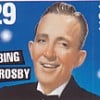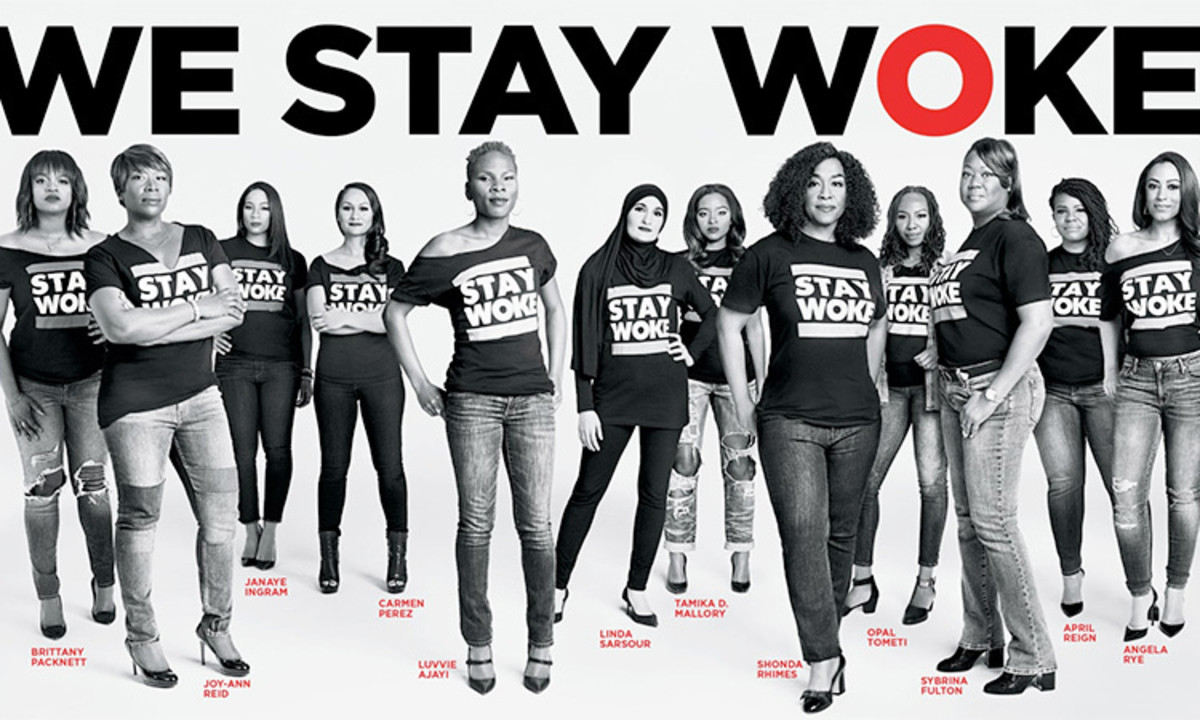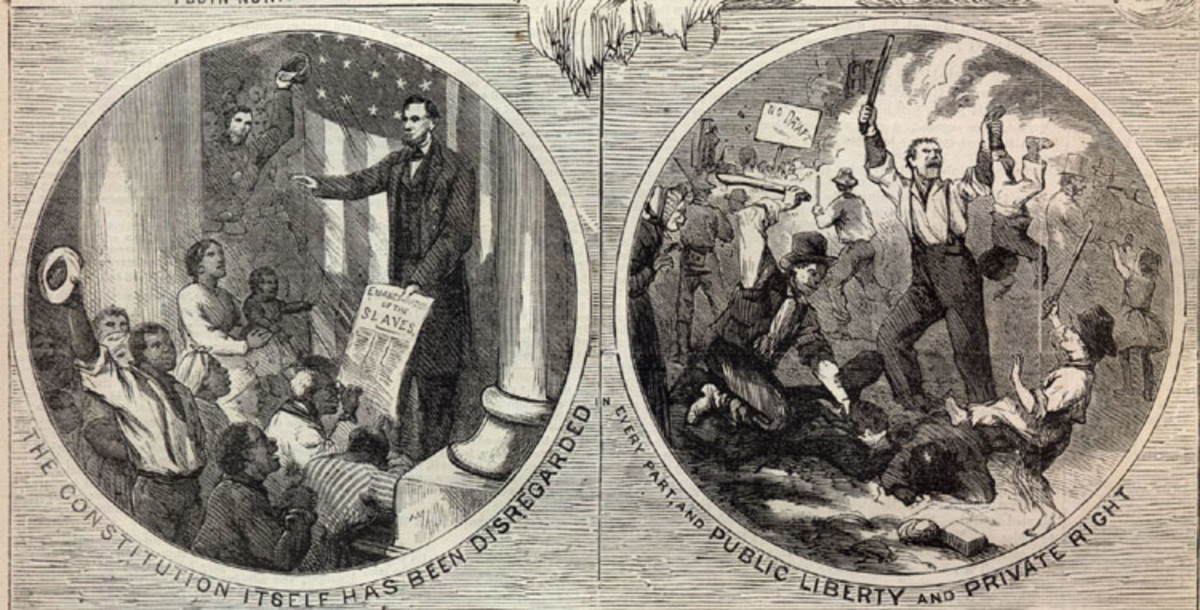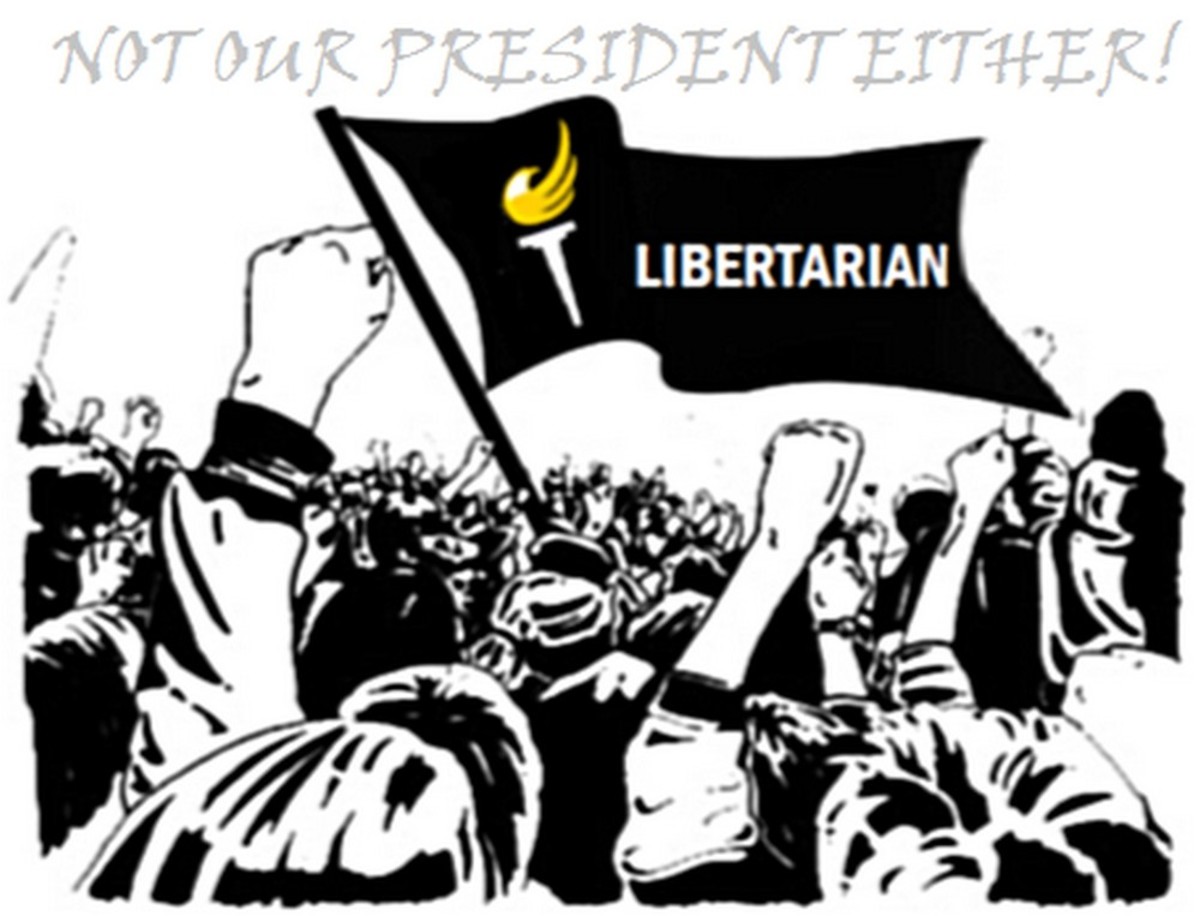Politics: The Center Alone Can't Fill the Void
Third Party Option Discussed
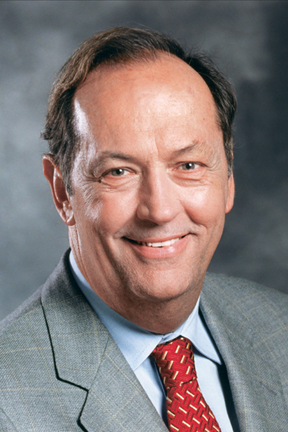
Challenges Two-Party System
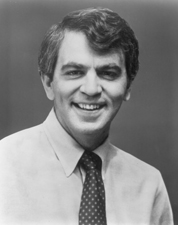
Former Connecticut Gov. Lowell P. Weicker Jr., U.S. Sen. Bill Bradley, former U.S. Sen. Paul Tsongas and four others made the headlines last week (November, 1995) when it was revealed a "radical center" group had met secretly to discuss alternative solutions to the nation's problems.
The seven had discussed in telephone conference calls "the need for a new voice to challenge the two-party system."
In addition to Independent Weicker and Democrats Bradley and Tsongas, the members of the group are Colorado Sen. Gary Hart, former Colorado Gov. Dick Lamm, former Minnesota Rep. Tim Penny, all Democrats, and Maine Gov. Angus King, like Weicker an Independent.
Two-Party System Breakdown
Alas, it was inevitable that the steamrolling breakdown of the two-party system in the United States would lead to the proliferation of alternative groups, or political parties, that would reach out to fill a perceived vacuum -- a vacuum resulting from the inevitable flight to the right by the Republican Party, and the (not uncommon) disarray of the Democrats.
This new group, Tsongas told the press, shares a "similar philosophy that is socially inclusive, fiscally conservative, pro-environment and pro-campaign reform." He accused the two major parties of "pandering, in one case to the left, in another case to the right, and leaving a huge vacuum in the center."
Naturally, he, and the others in the group, would like to fill that vacuum.
Disillusioned Voters
And Rep. Penny confirmed that the group discussed the potential a third party might have in today's political environment, and how many voters "tend to feel disenfranchised, disillusioned, even disgusted."
Tsongas also talked about "a center in this country -- whether you call it a passionate center, the radical center, the sensible center..."
Americans, somewhere in the 1960's, began splintering away from the two-party system, which served the country well for decades. Many simply said, "A pox on both your houses," and abandoned both major political parties for the label "Independent" -- more properly, unaffiliated.
But, if they thought their independence would translate to some major solution to the country's problems, they were wrong.
Blame Extremism
We have lots of problems in the country today, but not because of the two-party system. Quite the contrary; many of today's problems are the result of extremism promulgated by the breakdown of the parties.
That's what the two-party system is designed to avoid! The melding of many opinions into two opposing views is what has enabled America, until now, to keep bitter strife at a minimum, to negotiate the differences among myriad viewpoints to reach a consensus everyone could live with.
Consensus Virtually Impossible
When the conservative moderates leave the Republican Party to its extreme right wing, and liberal moderates leave the Democratic Party to its left wingers, a vacuum naturally develops in the center -- and consensus is virtually impossible.
But you can't just assemble a group of independent thinkers to fill a void; it can't be done. Such a group would still have to deal with the extremes of the left and the right -- and still other groups would enter the fray with their own particular approaches.
Only through genuine negotiations, consensus, and the give-and-take of all Americans -- and the two-party system -- can America move ahead into the 21st Century.
I wrote this column as a "My View" for The Hour newspaper of Norwalk, Conn., on Dec. 2, 1995. I now write my views on a wide variety of topics on HubPages.
